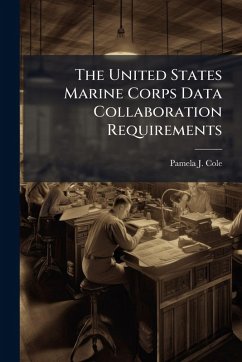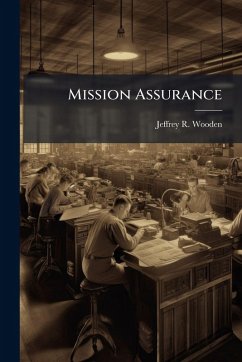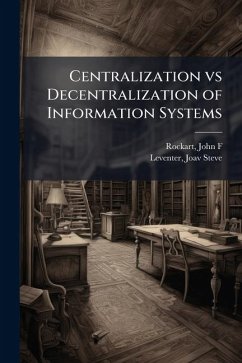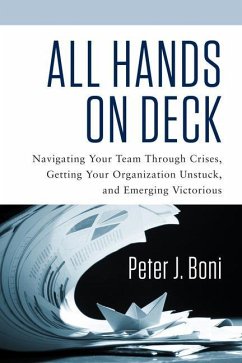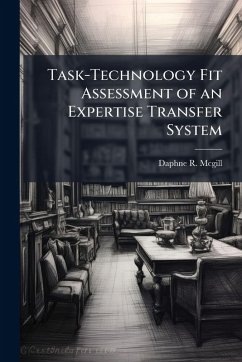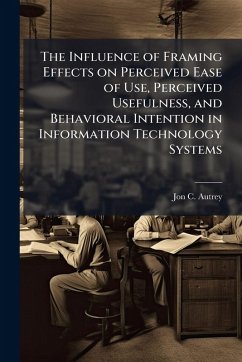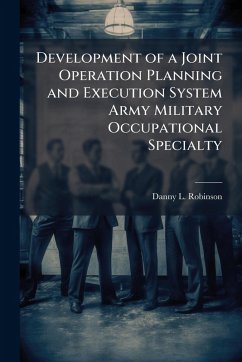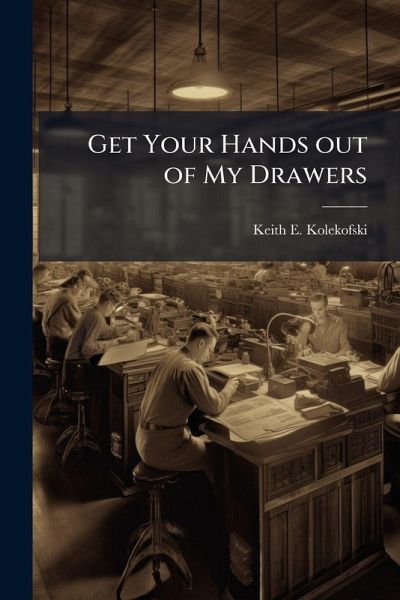
Get Your Hands out of My Drawers

PAYBACK Punkte
8 °P sammeln!
Despite beliefs in the benefits of good Information Resources Management (IRM) practices, executives still find their organizations plagued by outdated, inconsistent, and unavailable information. This information is often stored in disparate, stand-alone systems spread throughout the business. The Air Force Institute of Technology (AFIT) fails to reap the synergistic benefits of shared information despite its bounty of information systems and proclamations for IRM principles. A previous researcher postulated that this disconnect may be explained, in part, by an ownership attitude at the functi...
Despite beliefs in the benefits of good Information Resources Management (IRM) practices, executives still find their organizations plagued by outdated, inconsistent, and unavailable information. This information is often stored in disparate, stand-alone systems spread throughout the business. The Air Force Institute of Technology (AFIT) fails to reap the synergistic benefits of shared information despite its bounty of information systems and proclamations for IRM principles. A previous researcher postulated that this disconnect may be explained, in part, by an ownership attitude at the functional level. Empirical evidence, gathered from a survey of AFIT's members, failed to support this postulate. Exploratory factor analysis of the data revealed three constructs that may help explain information sharing from the individual's point of view. In addition, a model of factors that contribute to information sharing is proposed. This work has been selected by scholars as being culturally important, and is part of the knowledge base of civilization as we know it. This work was reproduced from the original artifact, and remains as true to the original work as possible. Therefore, you will see the original copyright references, library stamps (as most of these works have been housed in our most important libraries around the world), and other notations in the work. This work is in the public domain in the United States of America, and possibly other nations. Within the United States, you may freely copy and distribute this work, as no entity (individual or corporate) has a copyright on the body of the work. As a reproduction of a historical artifact, this work may contain missing or blurred pages, poor pictures, errant marks, etc. Scholars believe, and we concur, that this work is important enough to be preserved, reproduced, and made generally available to the public. We appreciate your support of the preservation process, and thank you for being an important part of keeping this knowledge alive and relevant.





